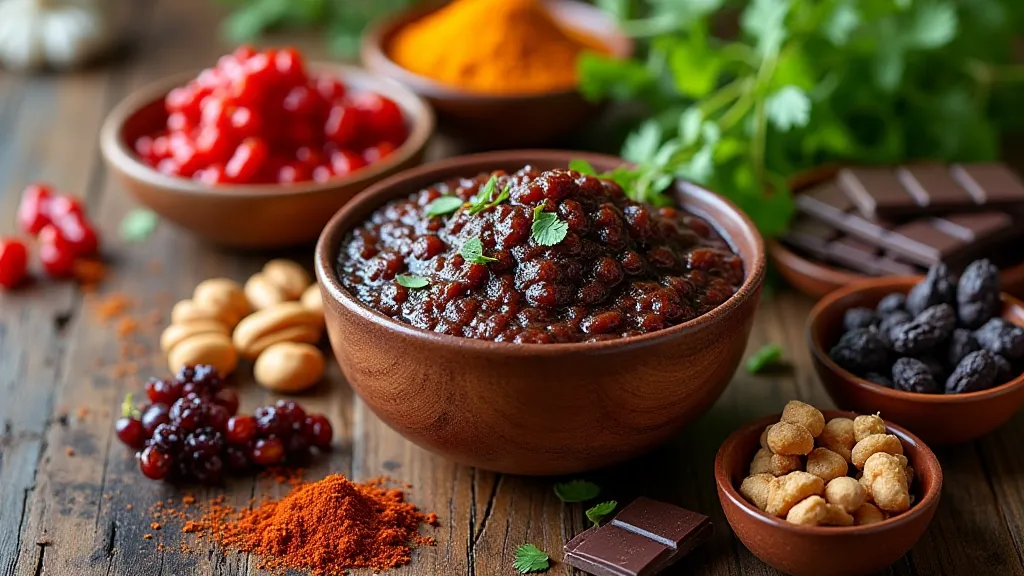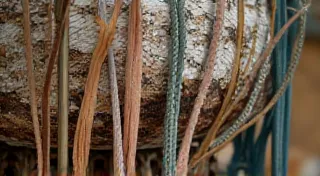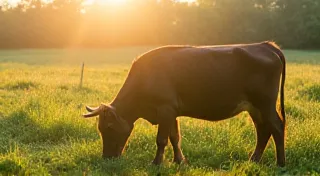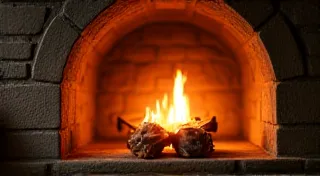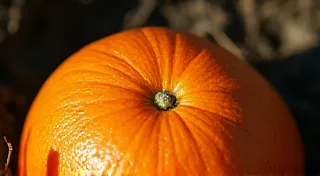The Gastronomic Tapestry of Oaxaca: Mole as a Narrative of Ancestral Knowledge
Oaxaca, a state nestled in the southern highlands of Mexico, isn't simply a place; it’s a feeling. It’s the scent of woodsmoke clinging to the air, the vibrant hues of woven textiles, and, most profoundly, the complex, layered flavors of its mole. More than a sauce, mole in Oaxaca is a living archive, a tangible embodiment of centuries of indigenous knowledge, Spanish influence, and the unwavering dedication of families preserving traditions passed down through generations. To understand mole is to understand Oaxaca itself, to glimpse into the soul of a people deeply connected to their land and heritage.
My own connection to Oaxaca began, unexpectedly, through an antique accordion. My grandfather, a collector of peculiar instruments, acquired one from a dealer in Oaxaca City. He’s a taciturn man, my grandfather, not given to effusive declarations of passion. Yet, seeing him carefully polish the tarnished bellows and coax a melancholic tune from its keys, I felt a profound sense of shared reverence for craftsmanship and the stories objects hold. That same spirit of patient dedication, that same unwavering commitment to preservation, permeates the creation of mole. It’s a philosophy, a practice, a quiet act of defiance against the relentless march of homogenization.
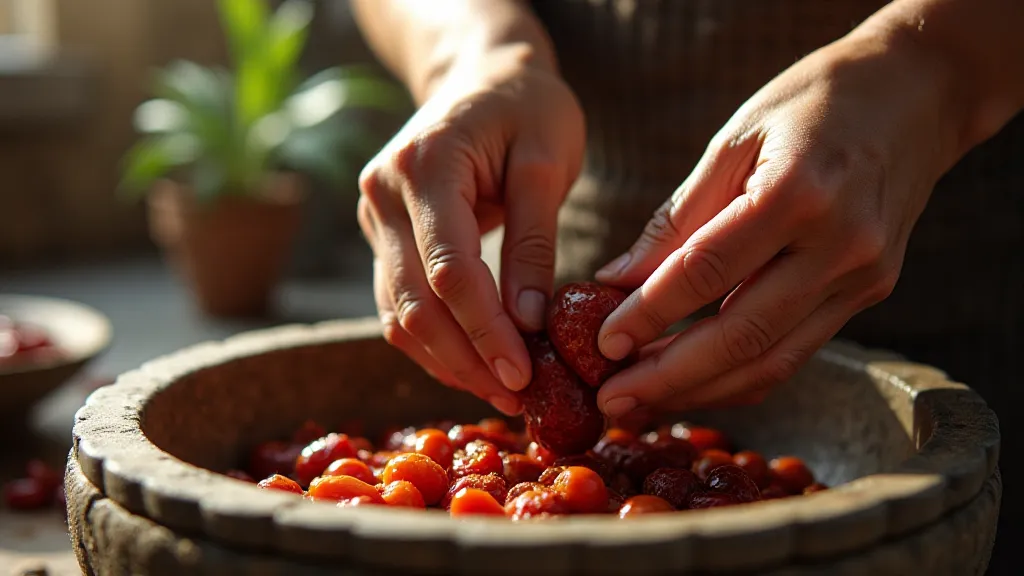
A History Steeped in Symbolism
The origins of mole are shrouded in myth and legend, as befits a dish so deeply embedded in cultural identity. While precise timelines are elusive, accounts suggest that pre-Hispanic cooking practices involving chiles, spices, and seeds formed the foundation of what would eventually become mole. The arrival of the Spanish brought new ingredients – tomatoes, onions, garlic, and various fruits – which were readily incorporated into existing indigenous techniques. The famous "mole negro," the most complex and celebrated variety, is often linked to a legend surrounding the nuns of a convent near Oaxaca City. These nuns, attempting to create a dish worthy of a visiting archbishop, supposedly combined hundreds of ingredients in a desperate, ultimately triumphant effort. Whether truth or embellishment, the story highlights the dish's ambition and the immense respect it commands.
The symbolism embedded within the ingredients themselves speaks volumes. Chocolate, often a key component, isn't about sweetness. It’s a nod to the sacred cacao beans revered by the Maya and Aztec civilizations, used in rituals and as currency. Dried chiles, in their diverse colors and heat levels, represent the fiery passion and resilience of the Oaxacan people. The countless spices – cloves, cinnamon, anise – speak to the region’s history as a crossroads of trade and cultural exchange. The journey of spices, like those in Oaxacan mole, has connected cultures across continents for centuries, much like the stories told in Spice Routes & Silent Migrations: The Creole Palette as a Cartography of Resilience, which explores how ingredients and culinary traditions have been shaped by movement and exchange.
The Generational Transfer of Knowledge
What truly sets Oaxacan mole apart is the profound generational transfer of knowledge that accompanies its creation. Recipes are rarely written down. Instead, they are passed down through families, often from mother to daughter, whispered secrets and subtle nuances shared during hours spent in the kitchen. The proportions of ingredients, the order in which they’re added, the precise timing of the cooking process—all are ingrained in muscle memory and instinct, honed through years of observation and practice.
I recall speaking with Doña Elena, a matriarch renowned for her mole negro in the village of Santa Maria del Tule (famous for its colossal laurel tree). She spoke not of measurements or instructions, but of *sentidos*, of “feelings” – the feeling of the chiles roasting just right, the feeling of the sauce thickening to the correct consistency. "It’s not about following rules," she explained, her eyes twinkling, "it’s about listening to the mole. It will tell you what it needs.” This intuitive approach, this deep connection to the ingredients, is what elevates Oaxacan mole beyond mere cooking; it transforms it into an act of love and cultural preservation. It’s akin to understanding the subtle variations in flavor that emerge from specific regional ingredients, a process that finds parallels in The Crimson Thread: Chiles and the Narrative of New Mexican Identity, where the fiery heart of New Mexican cuisine is interwoven with the history and heritage of the region.

Beyond the Recipe: The Craft of Restoration & Collecting
My grandfather’s passion for antique accordions extends beyond mere possession. He’s a meticulous restorer, painstakingly bringing these instruments back to life, understanding that their value lies not just in their historical significance but also in the stories they can tell. Similarly, the creation of mole isn't just about following a recipe; it’s about upholding a tradition, a craft. It’s about honoring the memory of those who came before and ensuring that the knowledge is passed on to future generations.
The dedication required for both restoration and mole-making resonates deeply. Imagine the patience needed to repair a cracked bellows or replace a broken key on an accordion, just as the hours spent roasting chiles, toasting spices, and slowly simmering the sauce, requiring constant attention and unwavering focus. Both activities embody the principles of reverence and dedication. For those interested in collecting antique instruments, researching the maker’s history, understanding the materials used, and appreciating the unique sound each instrument produces, is crucial. Likewise, appreciating Oaxacan mole is more than just tasting; it’s about understanding its history, its cultural significance, and the immense effort involved in its creation. Considering the extensive history of trade routes and culinary exchange throughout the world, understanding these nuances reminds us of the shared heritage of many cultures, a journey explored further in The Golden Age of Gastronomy: How Portugal's Past Shapes its Present Plate, which examines how historical influences have shaped a distinct culinary tradition.
Expanding on the Ingredients and Techniques
To truly appreciate Oaxacan mole, one must delve deeper into the selection and preparation of its components. The chiles, for instance, are not merely sources of heat; they are carefully chosen for their unique flavor profiles. Pasilla chiles contribute a rich, smoky depth, while guajillo chiles impart a fruity sweetness. Ancho chiles, dried poblano peppers, offer a milder, more nuanced flavor. The toasting of spices—cloves, cinnamon, anise, cumin, coriander—is a crucial step, unlocking their aromatic potential. Each spice is meticulously toasted in a dry skillet, releasing its fragrant oils and intensifying its flavor. The chocolate, traditionally unsweetened cacao, adds a complex bitterness and a subtle richness, balancing the heat of the chiles and the sweetness of the fruits. Nuts and seeds, like almonds, peanuts, and sesame seeds, are often toasted and ground into a fine powder, adding texture and nutty undertones. Finally, a touch of sugar, typically piloncillo (unrefined cane sugar), provides a subtle sweetness and contributes to the sauce's overall complexity.
The Modern Landscape of Oaxacan Mole
While rooted in ancient traditions, Oaxacan mole is not a static entity. Modern interpretations and variations continue to emerge, reflecting evolving tastes and available ingredients. Some chefs are experimenting with incorporating locally grown fruits and vegetables, adding a contemporary twist to the classic recipe. Others are streamlining the process, utilizing modern kitchen appliances to reduce the labor involved. However, the core principles – the emphasis on quality ingredients, the meticulous attention to detail, and the respect for tradition – remain unchanged. The essence of Oaxacan mole lies not just in the final product but in the journey of creation, the embodiment of generations of culinary expertise.
A Living Legacy
Oaxacan mole is more than just a sauce; it's a living legacy, a testament to the enduring power of tradition, and a profound expression of cultural identity. It’s a reminder that food is not simply sustenance but a powerful vehicle for storytelling, memory, and connection. It’s a flavor that lingers on the palate long after the last bite, evoking the sights, sounds, and smells of a vibrant and resilient culture. Like the antique accordion, carefully preserved and lovingly played, Oaxacan mole serves as a poignant reminder of the importance of honoring our past and ensuring that its richness continues to resonate for generations to come. The true artistry lies not in merely replicating the final product but in understanding and participating in the generations-long journey that shaped it.
